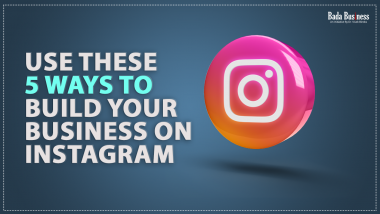Introduction
- How to introduce a product in the market?
- What should your company or product be known for?
- What is the positioning of the product?
The first rule is to identify your perfect audience because you cannot sell the product everywhere at different prices.
Whether you are an Entrepreneur, a Businessman, a Start-up or a Sales-executive, everyone wants to know the best product positioning strategies for their company or products in the market.
To position your products effectively, you should use the product-quality matrix. In the product quality matrix, there are primarily four product positioning techniques.
You can position your product in any of these markets depending on the type of product.
Let’s study these four quadrants, i.e. the product positioning strategies in detail.
Quadrant #1: Value for Money Market
In this market, companies sell good quality products at a low price. Such products are value for money.
Let us study some of the product positioning strategies examples of value for the money market.
|
For Example: Suzuki’s car is considered as value for money because not only it's resale value is good but also runs smoothly. Another example is Relaxo; their slippers are long-lasting as well as pocket-friendly. |
Quadrant #2: Opportunistic Market
- In this quadrant, prices of the products are high but their quality is low.
- There are no regular or repeat customers and products. Therefore, the vendor’s sole intention is to make as much profit as possible like the market at the Railway station, Highway or at Cinema halls.
Let us study some of the product positioning strategies examples of opportunistic market.
| For Example:
Every day new tourists visit the Taj Mahal in Agra. So, shopkeepers’ or vendors’ priority is to make a maximum profit not to provide high-quality products or services. |
Remember, in a defined category, if you are offering products at a high price with low quality, then your business will not survive. |
An opportunistic market can only survive in limited space; hence you should carefully position your product.
Quadrant #3: Chinese Goods Market
- In this quadrant, both the price and quality of products are low.
- Here, buyers usually price-sensitive; therefore, sellers dump their cheap products in such a market for a better return.
Let us study some of the product positioning strategies examples of Chinese goods market.
- You must have seen Chinese toys; their shelf-life is very short as the product is of low quality but the price is very competitive.
- Here, the financial value becomes your proposition, for instance, Chinese lights on Diwali, Road-side toy seller, etc.
Quadrant #4: Premium Market
- In this quadrant, both price and quality of product are high.
- Branding and positioning of the product are done in such a manner that high-quality products can be sold at a very high price.
Let us study some of the product positioning strategies examples of the premium market.
|
For Example: Brands like Versace, Louis Vuitton, Gucci, etc. are selling purse, bags, clothing lines, and accessories at a premium price.
A good quality bag which can be bought at ? 7000, they are selling similar products at over ? 70,000 - 80,000. They have positioned their products in such a manner that they sell selected products at a premium price. They have a limited market but huge margins. Similarly, the actual price of Apple’s phone may be ? 30,000 but they sell the product for over ? 70,000 and get huge margins. Apple has created high aspirational value for their product so much that even a common man is willing to buy it on loan. |
Generally, brands stick to one of the four quadrants but there are some organizations who use different product positioning strategies to launch their products.
|
For Example: Relaxo’s brand, Flite comes under value for money quadrant but its Sparx brand is positioned under premium quadrant.
Similarly, Maruti Suzuki has positioned its Nexa in the premium segment. For this, the company had opened a separate Nexa showroom because they were not able to sell the product at premium prices. |
Therefore, to create a different brand, as done by Relaxo, you have to change the positioning of the product completely.




















